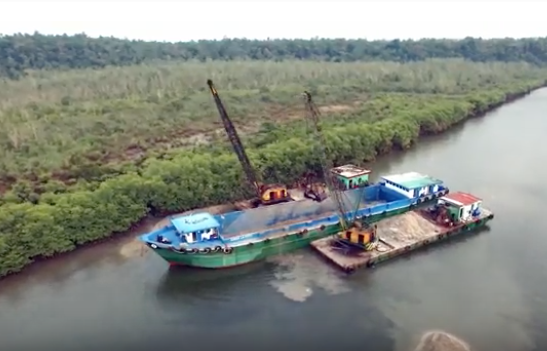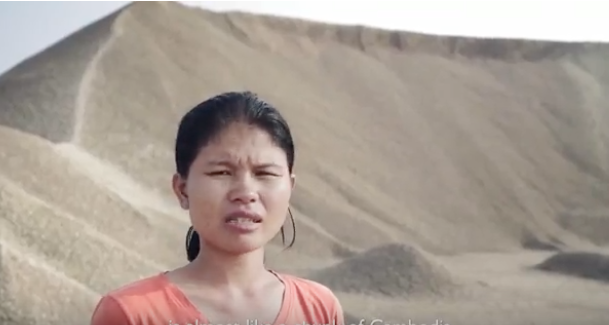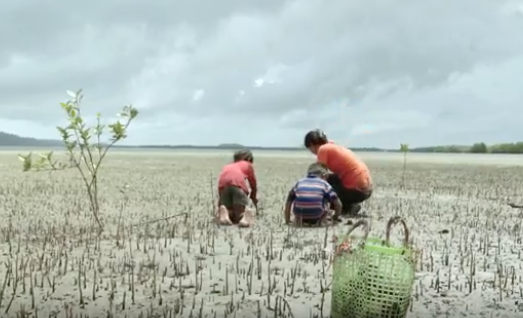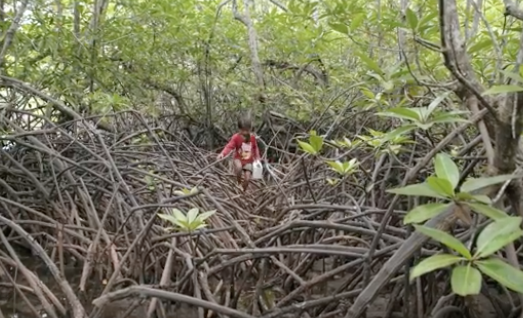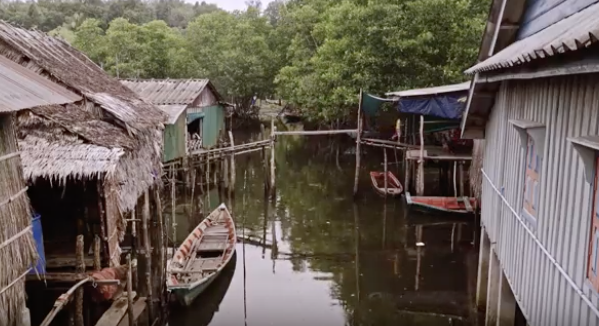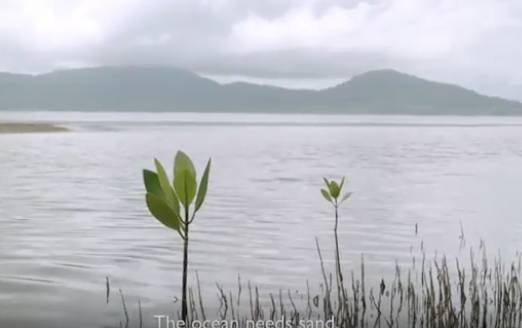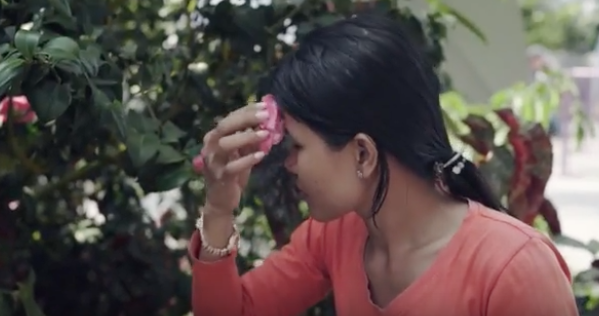un très bon micro
Nov. 22nd, 2023 10:26 amI've started listening to Denis Bertet's 2021 Tikuna classes. OMG great French review because he says everything in French and then translates into Spanish, so if there's something I don't remember, I can catch it the second time around.
First class he shared a video of a man sitting in his house, introducing himself, and asked the students for things they noticed about the language on first hearing (although the class included both people who were familiar with the language and/or culture and absolute beginners), and also things they noticed in the situation.
One of the students mentioned about the microphone that the man is wearing, and Prof. Bertet says that it's a super great microphone, really good for situations like this, because it picks up just the speaker's voice (or mainly just that), whereas there's a lot of ambient noise--hens, dogs, children, birds, rain--which can interfere with hearing.
And I was thinking HOW MUCH I LOVE that about getting WhatsApp messages from my tutor, how it makes me smile, how it makes me feel that much closer. Someone drops a cup in the background and I can hear it bouncing on the floor. Chicks are peeping as they're fed. The rain is coming down. The birds are singing.
It is definitely valuable to be able to hear clearly what someone is saying, and I'm going to learn a lot from these recordings, I can tell already (not to mention other cultural stuff, like that daytime-use hammocks are called--in Spanish--chinchorro... looking online I find that the name comes from a type of hammock made by the Wayuu people), but if I had to choose only one way of learning, I'd choose learning with my tutor in a heartbeat. ... But I don't have to choose. Both are possible! And not just both but many. Multiplicity! So many different ways of doing things. In any given moment, we may have to choose one method or thing or another, but at some other moment we can choose something else. A little of this, a little of that. Or a lot of this for XX years... and then something different.
First class he shared a video of a man sitting in his house, introducing himself, and asked the students for things they noticed about the language on first hearing (although the class included both people who were familiar with the language and/or culture and absolute beginners), and also things they noticed in the situation.
One of the students mentioned about the microphone that the man is wearing, and Prof. Bertet says that it's a super great microphone, really good for situations like this, because it picks up just the speaker's voice (or mainly just that), whereas there's a lot of ambient noise--hens, dogs, children, birds, rain--which can interfere with hearing.
And I was thinking HOW MUCH I LOVE that about getting WhatsApp messages from my tutor, how it makes me smile, how it makes me feel that much closer. Someone drops a cup in the background and I can hear it bouncing on the floor. Chicks are peeping as they're fed. The rain is coming down. The birds are singing.
It is definitely valuable to be able to hear clearly what someone is saying, and I'm going to learn a lot from these recordings, I can tell already (not to mention other cultural stuff, like that daytime-use hammocks are called--in Spanish--chinchorro... looking online I find that the name comes from a type of hammock made by the Wayuu people), but if I had to choose only one way of learning, I'd choose learning with my tutor in a heartbeat. ... But I don't have to choose. Both are possible! And not just both but many. Multiplicity! So many different ways of doing things. In any given moment, we may have to choose one method or thing or another, but at some other moment we can choose something else. A little of this, a little of that. Or a lot of this for XX years... and then something different.



























